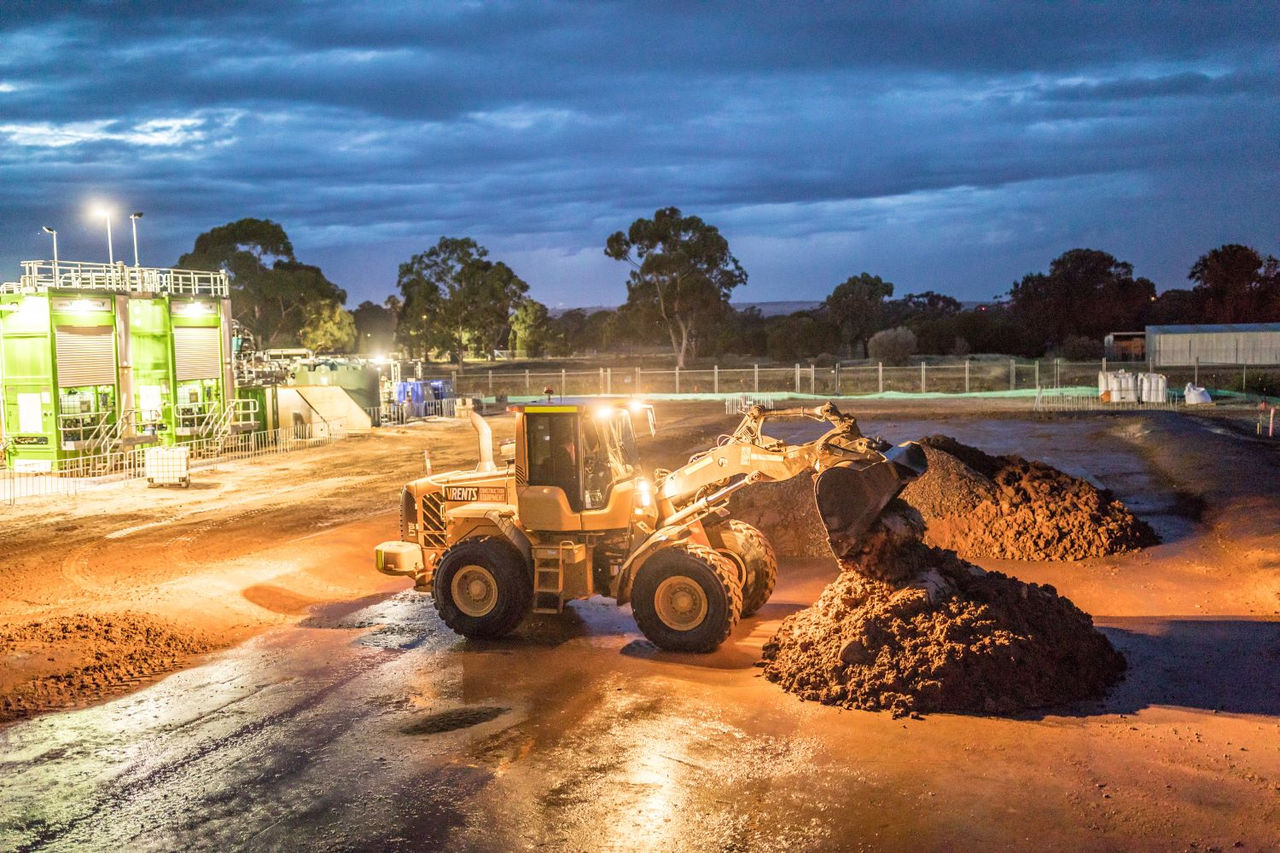Asset owners face numerous challenges once a decision is made to shut down, decommission and ultimately remediate and rehabilitate an industrial facility. Early contractor engagement with the right partner can be critical to success.
Matthew Clutterham is a Senior Technical Manager with Ventia, a role he has held for the past nine years. Nathan Sparke has been a Project Development Manager at the company since 2015. Both have worked on complex environmental projects right across Australia and share their insights on managing the environmental challenges across industrial assets when moving through the closure phase.
